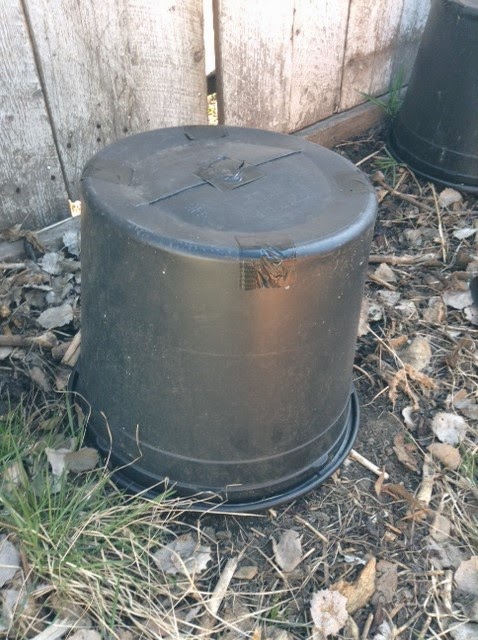Confession: I don't know much about mead. The first and only time I tried it was 9 years ago at a barbecue at a colleague's home. This colleague does not drink alcohol. A year or two previously, somebody had given him a gallon jug of homemade mead, and it had sat at the back of a cupboard since then. This particular evening, he decided to coerce his guests into consuming it so he could then dispose of it with a clean conscience. I sampled it. It was sweet and had a lot of alcohol in it, and I didn't really care for it. I did not ask for seconds. From what I recall, he still had a very full jug of mead when the evening was over.
So, why mead? What's the appeal? For me, the most interesting thing about mead is just how ancient it is. From archaeological evidence, it is the oldest fermented beverage. According to Wikipedia, forms of it date back as far as 7000 BCE:
http://en.wikipedia.org/wiki/Mead
How can that sort of history fail to stimulate one's imagination? Just imagine how the discovery of fermentation took place. Did proto-civilization humans drink mixtures of honey and water? Perhaps a container of this honey drink was sealed in a pottery vessel, forgotten for a time at the back of a primitive cupboard, and then consumed by some unwitting soul? Imagine the first time somebody drank a fermented beverage!
Over this last winter, I started thinking about making a batch of mead, just to test it out. Why not? There are many mead recipes online, and there seem to be a lot of people out there who really like making and consuming homemade mead. One of the problems to overcome was where to obtain several kilograms of honey without having to drive all over the country to find a beekeeper (or purchase a large number of smaller containers of honey at Safeway). We recently took out a Costco membership, and that is where I discovered 3 kg jugs of honey. I bought two.
For this first run, I adapted the following recipe for basic mead:
http://www.epicurious.com/recipes/food/views/Basic-Mead-201058
Following the standard sterilization procedures, I used a funnel to transfer approximately 4.5 kg of unpasteurized honey (i.e. one and a half jugs of honey) into one of my 3 gallon carboys, already one quarter full of distilled water. I added honey gradually, stirring in between additions to mix it into the water. When it was well mixed, I added water to fill it to 3 gallons, and gave it a final stir. (I did not heat any of the water because I read somewhere that heat can alter some of the natural honey flavours.) Then, I simply sprinkled a packet of sparkling wine yeast onto the surface, closed the carboy with an airlock, and waited. The specific gravity of the honey/water mixture was 1.120. According to the scale on my hydrometer, this is in the starting range for dessert wines (
strong and sweet).
(1) Honey and water...
Initially, the fermentation seemed to start okay. I monitored bubble rates closely over the first day, and was alarmed when the fermentation rate started to slow down at 22 hours. My initial thought was that the problem had to do with not activating the yeast. With the regular wine kits I have done, yeast activation was unnecessary; the fermentation took right off when the yeast was simply sprinkled on the surface. I visited the Wine Kitz store to get another packet of yeast and had a chat with one of the Wine Kitz dudes. He told me, from extensive experience, that mead was very difficult to start because honey has anti-microbial properties. In fact, he informed me that if you sprinkle yeast onto neat honey, all the yeast will die. So, yeast activation was critical. Back home, I quickly activated a packet of yeast with warm water and added it to the carboy.
The activated yeast certainly performed better, but the bubble rate plateaued at just over 4 bubbles per minute, which seemed very slow. Next thought: add some yeast nutrient. I added two teaspoons of this stuff, and the fermentation took off immediately. You can see this in the following graph.
This graph tells the story of a learning process. The lessons are:
- Activate the yeast
- Use yeast nutrient
- Don't let your children turn off your oil heater (they think they will save you money on your electricity bill, but it also lowers the room temperature and slows fermentation)
The last data point in the bubble graph is from this morning, which is day 16. It kind of looks like the fermentation rate is leveling out, but it's not over yet. It may be worth taking a hydrometer reading to check the progress.
Oh, by the way, the aromas coming out of the airlock are just fabulous. It smells very yummy!
(2) Mead primary fermentation on day 16









